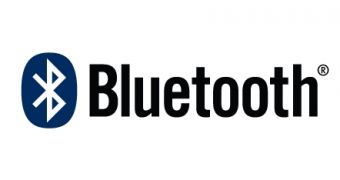Bluetooth Special Interest Group (SIG), the Bluetooth format backers group will move the standard to IEEE 802.11 Wi-Fi specifications set for the next generation of devices. The next version of Bluetooth will be based on a hybrid technology, comprised of Wi-Fi and Bluetooth, transmitting over the same 2.4 GHz radio spectrum.
The move will give Bluetooth some extra advantages, such as high-speed data transfer rates and enhanced throughput over longer distances. According to Michael Foley, executive director of the Bluetooth SIG, the core specifications for the new version are expected to be completed until the second half of the next year.
While the Wi-Fi standard allows data transfer rates of 20 Mb/s or even more, the Bluetooth 1.2 standard can only deliver 1 Mb/s. The maximum speed a Bluetooth device can reach is 3 Mb/s over the Bluetooth 2.0 + EDR protocol. Mixing Bluetooth with Wi-Fi would open new opportunities for the former standard, that could easily penetrate the coveted portable PC market.
Bluetooth will make use of the older Wi-Fi specifications, such as 802.11g and .11a. The 802.11n standard delivers the best performance of all the other Wi-Fi versions, but it will not be taken into account, since its specifications have not been completed yet.
The announcement is extremely surprising since the Special Interest Group announced back in 2006 that the next underlying technology for the Bluetooth standard will be WiMedia Alliance's UWB. However, the SIG has positioned UWB as the second step in a two-phase roadmap, because WiMedia Alliance has overestimated the actual throughput rate of its technology: the company promised 480 Mbps, but the devices can achieve only a small fraction of that bandwidth.
"We're committed to speedy wireless personal area network connections and we'll always be looking for the best near term and long term way to accomplish that," Foley said. "The greatness of a generic alternate radio architecture being developed is that it's adaptable."
The new architecture is called "Alternate MAC/PHY" and will allow sending large data files over the 802.11 wireless at faster speeds. If the 802.11 speeds are not required, then the connection switches to the Bluetooth radio, in order to preserve energy.

 14 DAY TRIAL //
14 DAY TRIAL //